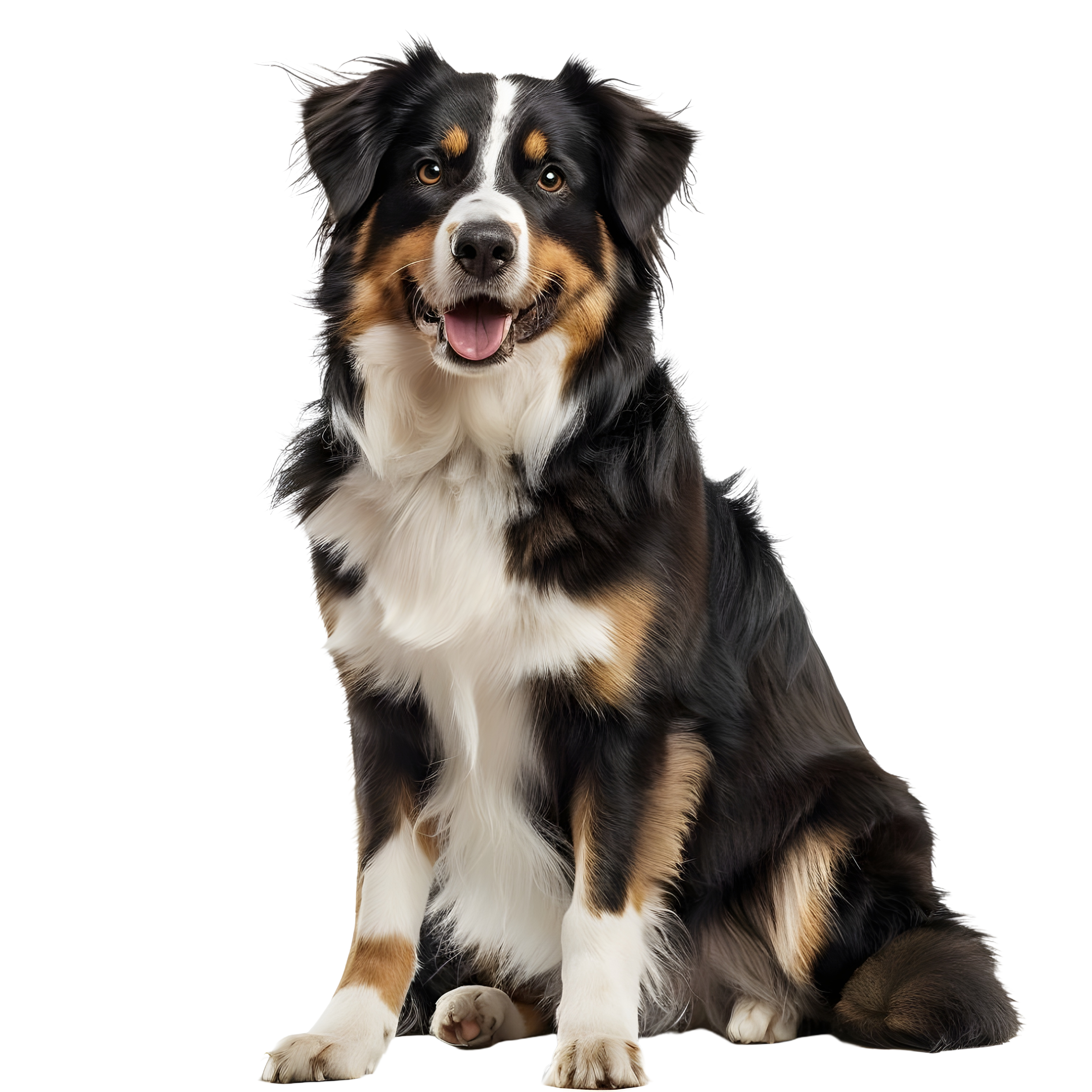The Petite Shiba Inu: A Breed Guide
Shiba Inus are a medium-size breed of dog, usually recognized by their curly tails and perky ears. While the breed originated in Japan, it has grown in popularity here in the United States. Learn more about this purebred and what it’s like to live with a feisty Shiba Inu.

The History Behind the Curly Tail
These dogs, often referred to by the abbreviated name “Shibas,” were bred as Japanese hunting dogs, according to Dogtime. They have long been popular pets in Japan, arriving in the United States only about 60 years ago, according to the American Kennel Club (AKC).
The breed’s ancestors date back thousands of years, but the Shiba as it is known today did not arise until after World War II. Many of the breed variations died during wart-time bombing, according to the National Shiba Club of America. Those that did survive eventually were used in a breeding program, resulted in the Shiba we know and love today.

Physical Characteristics
Shibas are often described as fox-like or cat-like. Their face shape is reminiscent of a fox, while their agile bodies often bring the movement of cats to mind. The males of the breed weight up to 23 pounds, while females weigh in at about 17 pounds, according to the AKC. Shibas have a lifespan of 13 to 16 years.
The Shiba coat has two layers, giving it a fluffy almost stuffed-animal like quality, according to Dogtime. When it comes to color, the Shiba coat can be orangish red, more of a cream color or black and tan. Some dogs of this breed will have white markings on their legs and ears. Expect some moderate shedding and the occasional blow out (a major shedding event).

The Shiba Personality
With a history as a hunting dog, Shibas are active and curious pets. While not hyperactive, Shibas do require regular exercise to keep both them and their owners happy. The breed is known for its proclivity for escaping, so make sure your dog has tags and a safe place to run off-leash.
The breed’s vocalizations are one of its unique characteristics. Shibas bark, like most breeds. They are not especially noisy dogs, but they do like to make sounds when they are excited or upset. You may have heard of the “Shiba scream,” a high-pitched noise that sounds like a shriek. With some dramatic tendencies, Shibas will use this vocalization much to their owners’ amusement.
Bringing a Shiba Home
Training a shiba has its ups and downs. Housebreaking is typically a quick process, but off-leash behavior is a life-long battle, according to the AKC. Any time you let your Shiba run free, make sure you are in a securely fenced area. At home, Shibas are loveable pets that can learn to get along well with kids and other animals with proper socialization.
A couple of different Shiba Inu rescues organizations operate out of the Midwest: Shiba Inu Rescue Association and Midwest Shiba Inu Rescue. Learn more about these two rescues if you are interested in fostering or adopting from this adorable breed.
Written by Carrie Pallardy
Sources:


